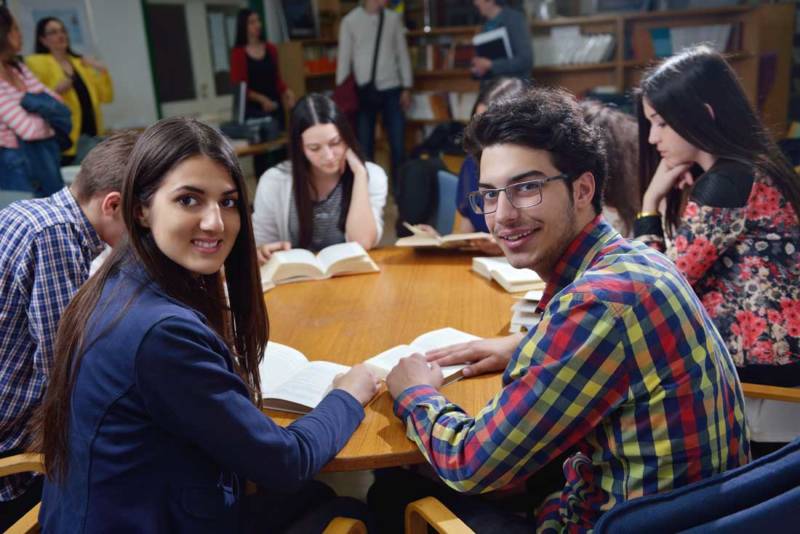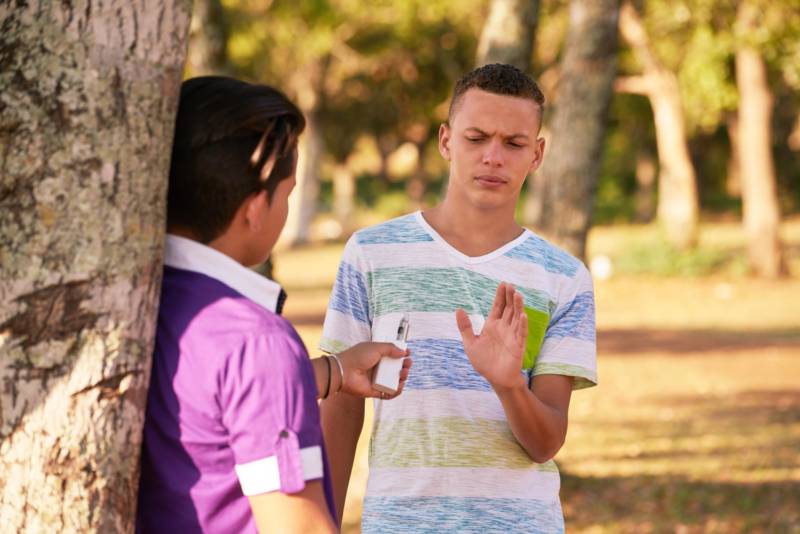Caring is what lies at the heart of empathy. You may recognize and understand someone else’s feelings perfectly, but if you don’t care about others, there is no empathy. For example, a burglar probably understands that stealing someone else’s property will make that person angry, he just doesn’t care. That lack of caring is why he is able to commit the crime.

To teach your students empathy, they must first care about others. They must want to help and take action when needed. Wouldn’t it be nice if all students in your classroom took action to help each other? Believe it or not, this can be possible when your students care about one another and develop empathy.
Here are five ways to teach your students to care about each other:
- Understand right and wrong
- Help others
- Actions speak louder than words
- Appreciate others
- Be altruistic
Let’s take a closer look at how to teach caring to your students:

Understand right and wrong
In order to be empathetic, your students must understand right and wrong. When we do something wrong, we feel a discomfort known as guilt. Guilt is our conscience, or the inner voice that helps us decide between right and wrong. Guilt is our conscience’s way of telling us that we made a wrong choice.
In order to be empathetic, your students must listen to that inner voice, or conscience. To do so, have them think about what is right and wrong before they make a choice. After all, they don’t have to wait for their guilty conscience to tell them what is wrong–by then it is too late. To teach them right from wrong before they make the wrong choice, have them imagine themselves on the other end of the choice.

Help others
We are presented with opportunities to help people every day. To some people, helping others is just second nature. You see someone in need and you feel the need to help them. This pull to help others is your conscience talking to you. An important part of empathy is recognizing when someone needs. Teach your students to listen to their conscience when it tells them to help someone in need. Give them opportunities to help one another on a regular basis.

Actions speak louder than words
Saying that you care about someone doesn’t mean much unless your actions back up your words. Think about it, what shows that you care more – saying, “I care about you,” or staying up late on a work night to help someone with a problem?
If you really care about someone, your actions will speak for themselves and you won’t even need to tell the person. Teach your students to go out of their way to help someone in need.

Appreciate others
Teach your students to appreciate what others do for them. Appreciation, or thankfulness for others’ efforts, is an important part of empathy. It shows that you understand the trouble someone went through for you, and you are grateful. Appreciating others means that you never take anything for granted. You don’t just assume that someone will do something for you.
Be Altruistic
Altruism is doing something nice for someone just for the sake of being nice. Altruism is the highest form of caring. Human nature tells us to do things for our own benefit, so to be truly altruistic and put your own wants and needs aside can be difficult. One example of altruism is the unconditional love of a parent for a newborn baby. Parents’ unconditional love for their baby causes them to keep loving and caring for the baby without the expectation of loving back or returning any favors. Teach your students to do something nice for others without expecting something in return.
Thanks for tuning in to our post on teaching empathy to your students. If you want to learn more about developing or teaching soft skills, sign up for a free soft skills webinar here.
